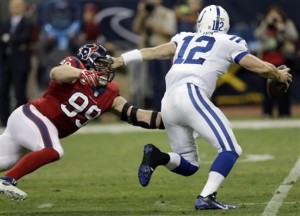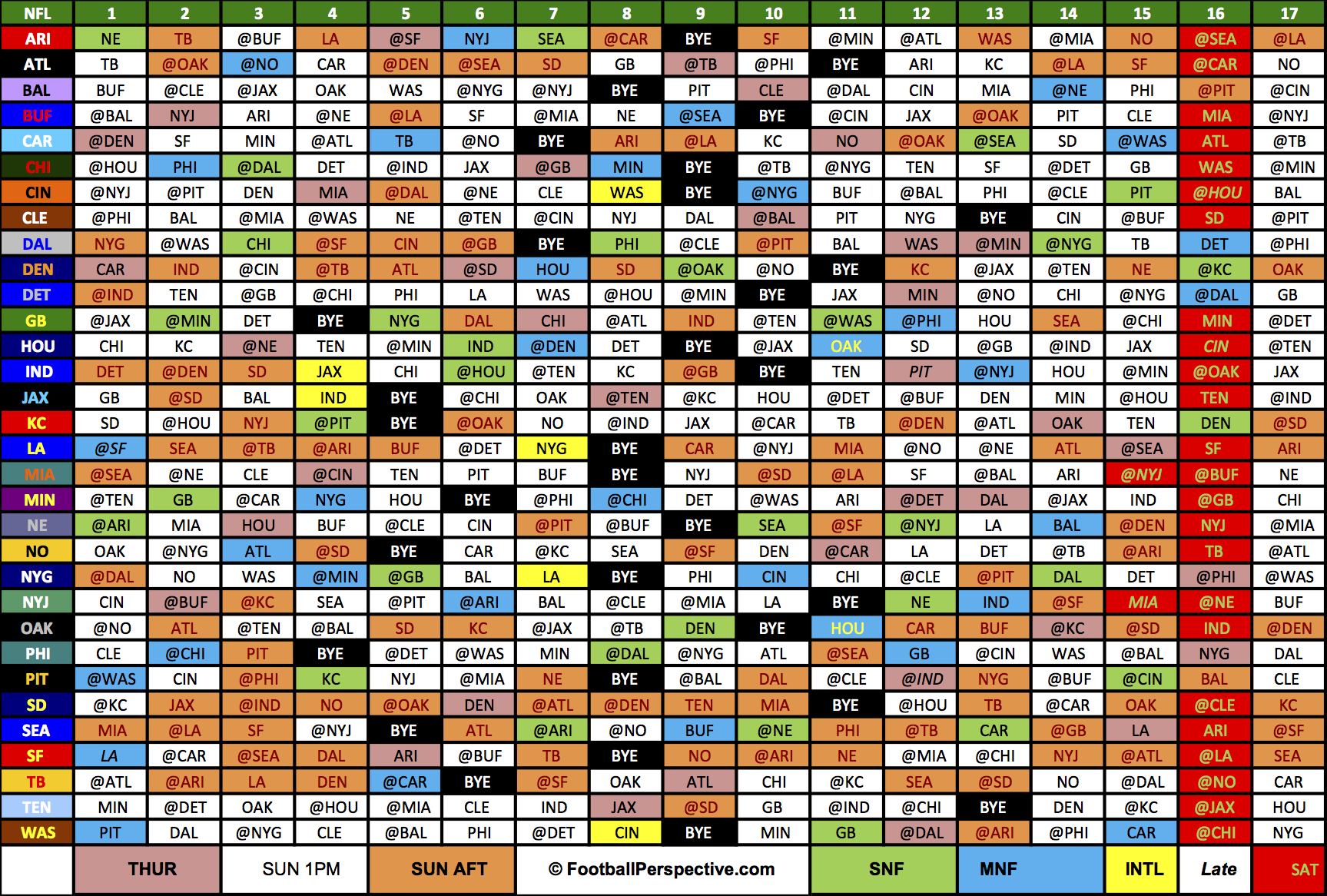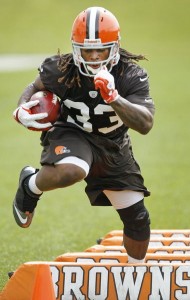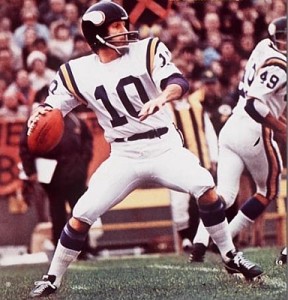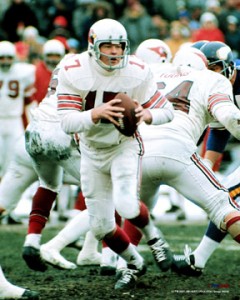At 538 on Friday, I looked at the trades in round 1 of the NFL Draft. Today, let’s look at the trades that happened on Day 2.
1)
Jacksonville receives: second-round pick (No. 36 overall) (UCLA LB Myles Jack)
Baltimore receives: second-round pick (No. 38 overall) (Traded to Miami), fifth-round pick (No. 146 overall) (Grand Valley St. DE Matt Judon)
Football Perspective Draft Value Chart: Baltimore received 121 cents on the dollar
Jimmy Johnson Draft Value Chart: Baltimore received 102 cents on the dollar
Jack was an outstanding college player who many thought would go in the top five of the first round if he had a clean bill of health. Unfortunately, that’s not the case, and Jack’s injured right knee caused him to slide to the second day of the draft. It’s tempting to call this a steal for Jacksonville, but remember that many teams that could use a player like Jack — including Baltimore — felt he wasn’t worth the risk. The Jaguars paid a decent price to get him, but this trade will be a home run for the Jaguars if Jack stays healthy. As for Baltimore, the team traded down just two picks later, and did even better….
2)
Miami receives: second-round pick (No. 38 overall) (Baylor CB Xavien Howard)
Baltimore receives: second-round pick (No. 42 overall) (Boise St. DE Kamalei Correa), fourth-round pick (No. 107 overall) (Cincinnati WR Chris Moore)
Football Perspective Draft Value Chart: Baltimore received 137 cents on the dollar
Jimmy Johnson Draft Value Chart: Baltimore received 108 cents on the dollar
The Ravens wound up dropping from 36 to 42 and collected a fourth and a fifth to drop six slots; that’s a great haul, as it landed the team three players rather than one. The Dolphins gave up a lot to move up four slots, which is emblematic of an organization that puts little emphasis on depth relative to star power. [continue reading…]



